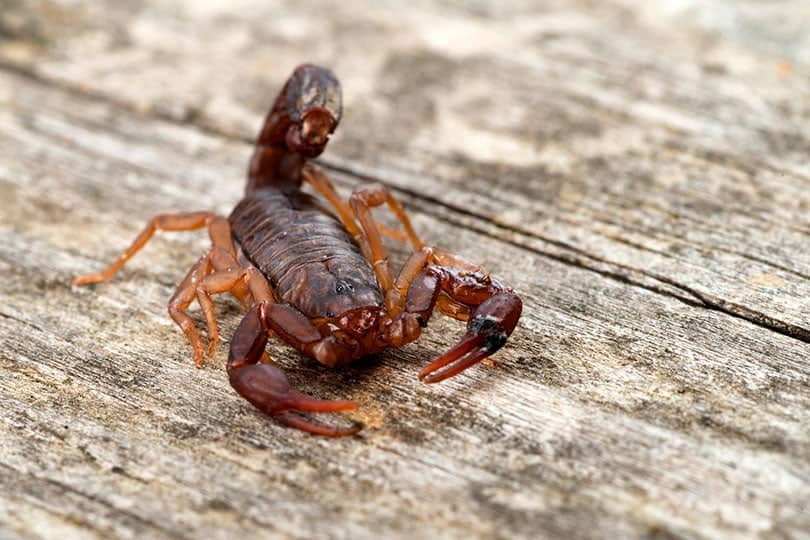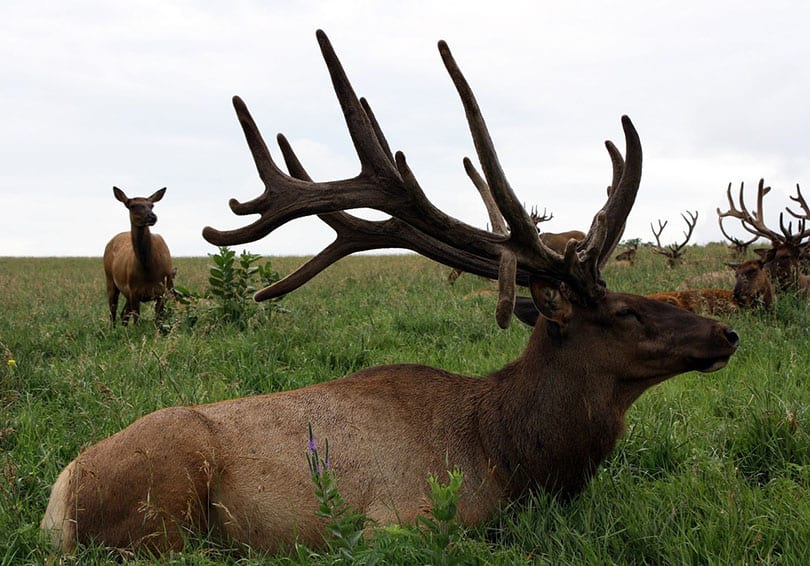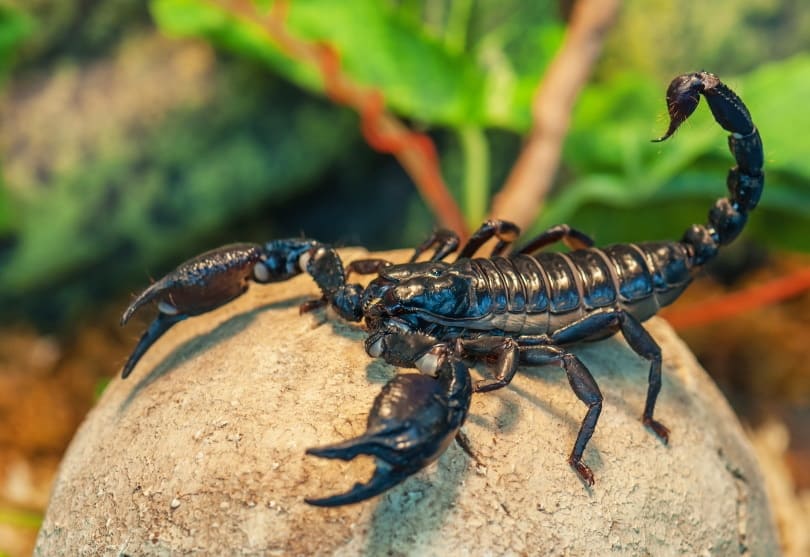Eight legs, a venomous barb, an aggressive stance, and horror stories of them hiding out in boots and beds: people have plenty of reasons to be apprehensive of these arachnids. However, while they are found in countries all around the world, they are most commonly found in deserts and certainly in hot, humid environments. As such, there are no scorpions in Alaska, but there are other species of arachnid and numerous bug species. Read on to find out more about the Last Frontier and its collection of creepy crawlies.

About Scorpions
Scorpions are a member of the arachnid family, which means that they are cousins to spiders and other eight-legged creatures. There are 2,000 species across the world and approximately 30 of these have strong enough venom to be able to kill a person. With that said, experts estimate that approximately 10 times as many people are killed by scorpion stings, per year, than snake bites.
Built for survival, the scorpion has been around for millions of years. They typically hunt insects but they will vary their diet and can even slow their metabolism down so that they can survive on a scant diet. There are instances where a scorpion can slow its metabolism enough to survive on a single insect a year.

Why Are There No Scorpions in Alaska?
They are a burrowing species, which means that the arthropod struggles to live in areas where there is no soil or sand. This need for soil is the primary reason that you are unlikely to find scorpions in Alaska.

The 4 Dangerous Animals in Alaska
Although the freezing temperatures of Alaska prevent scorpions from living there, there are other creatures that you really do need to keep a cautious eye open for.
1. The Mosquito

The mosquito is found all around the world, but Alaska is home to really large mosquitos. The extra size does slow Alaskan moths down a little, so they are easier to evade, but they do bite and they can leave bite marks the size of a quarter.
2. Moose

In a region with bears and wolves, you would not expect the moose to be considered more dangerous, but it is. They have attitudes and they are surprisingly large. There are also three times as many moose as there are bears. Approximately ten people a year are hurt by moose in Alaska. Give them plenty of space and try to put something solid between the two of you. It’s also worth noting that while moose are big and moody, they alter their route to avoid swarms of mosquitoes.
3. Bears

Bears are still formidable creatures, despite being outnumbered by moose. They are very large and they can be protective of their young, their food, and their space. Don’t startle a bear: let it know you’re coming. If you do see one, talk to it and back away slowly. If it continues to approach and has seen you, speak louder and be more threatening. You can’t outrun a bear but you can put it off.
4. Wolves

Wolves are very common in the state but they rarely act aggressively towards people, preferring instead to keep away. Respect this by giving them room, and you should not have to endure too many confrontations. If a wolf does confront you, don’t try to run and don’t break eye contact. Make noise and, if necessary, fight back. And, if all else fails, wolves can’t climb and there is a lot of trees in Alaska.

The Final Word
The freezing temperatures of the Last Frontier make it difficult for certain species to live there. This includes the scorpion, which is unable to dig through the frozen ground and that also prefers hotter and more humid climes. There are also no dangerously poisonous spiders or snakes, but this does not mean that the state is completely free of threats.
The mosquitos might not kill you but they are jokingly referred to as the state bird because they are so large; they also gather in very large swarms in some parts. Other than that, moose represent probably the greatest threat because they are large and can be a bit moody.
Although you do need to learn how to act and react around them first, bears and wolves are not considered overly aggressive. The combination of moose, bear, and wolf, means that it is good to be prepared with a noisemaker to help prevent any potential incidents. Many accidents with these animals occur when you take them by surprise, so try to avoid overgrown thickets and bushes and let animals know of your presence as you approach.
Featured Image Credit by Vova Shevchuk, Shutterstock
